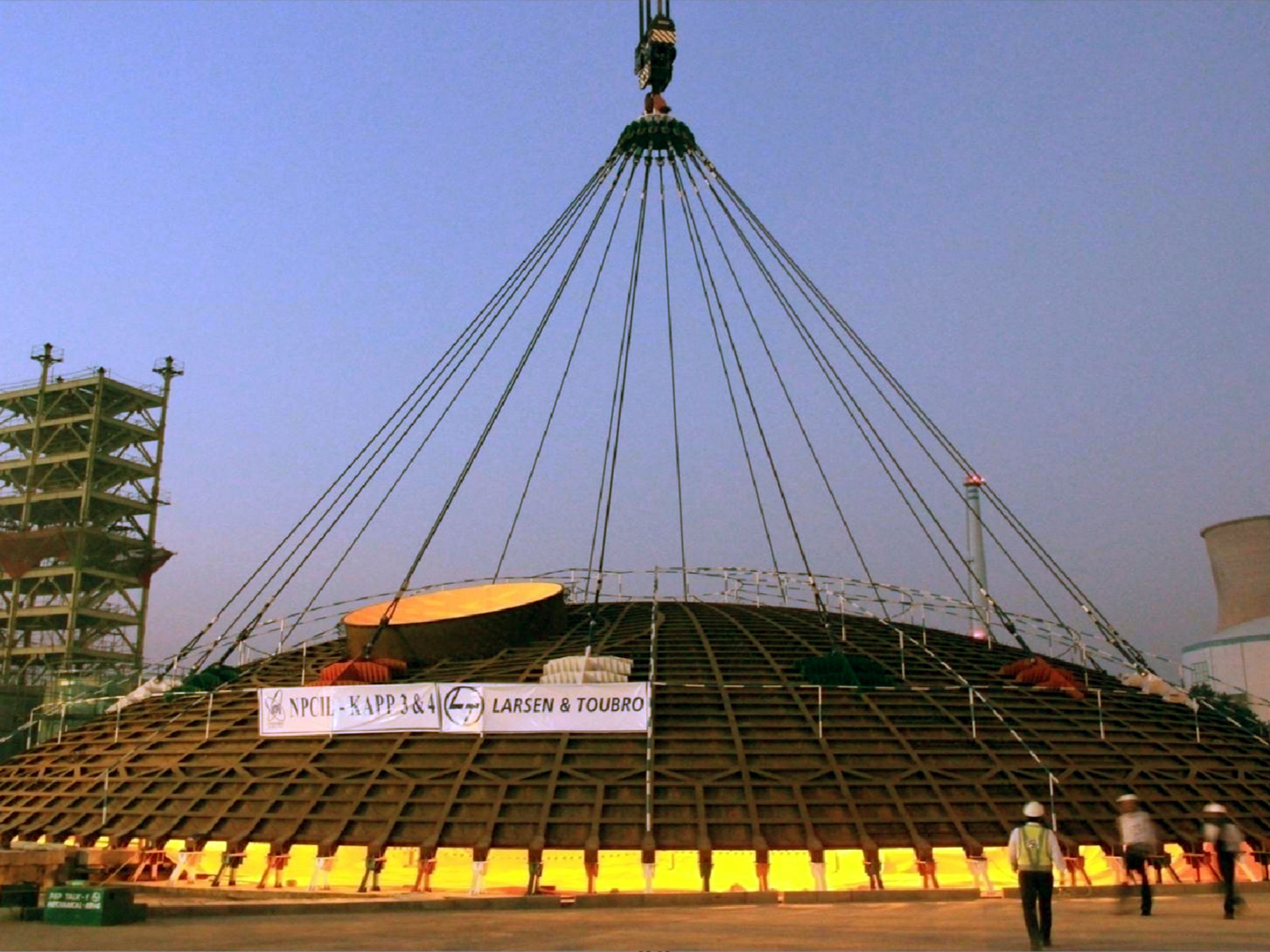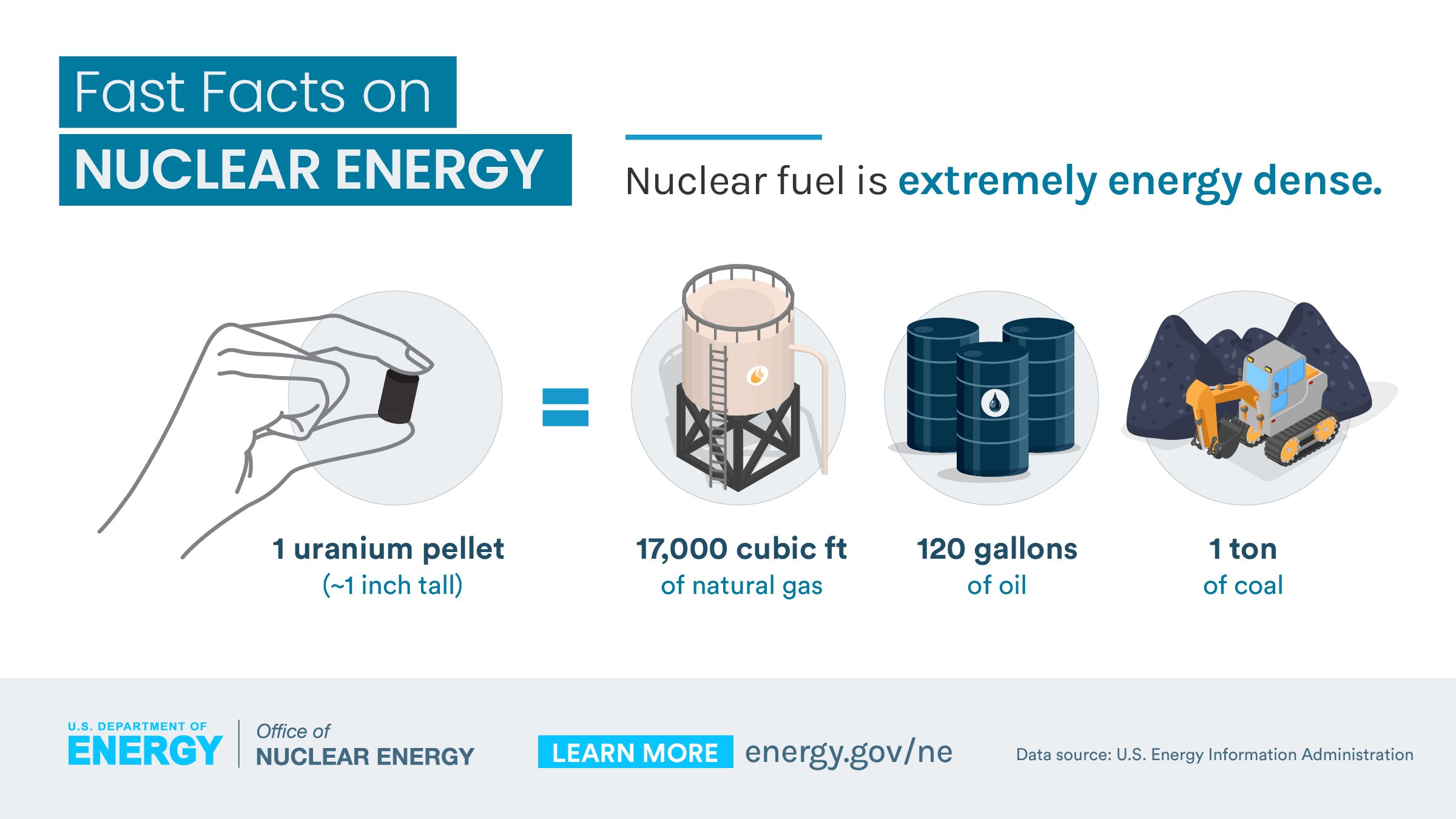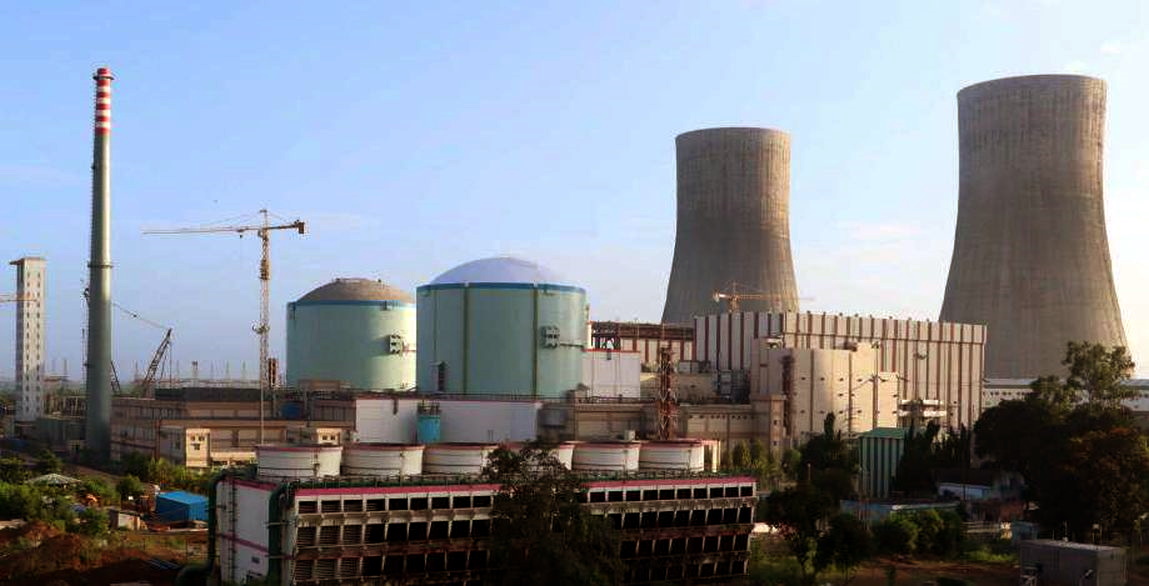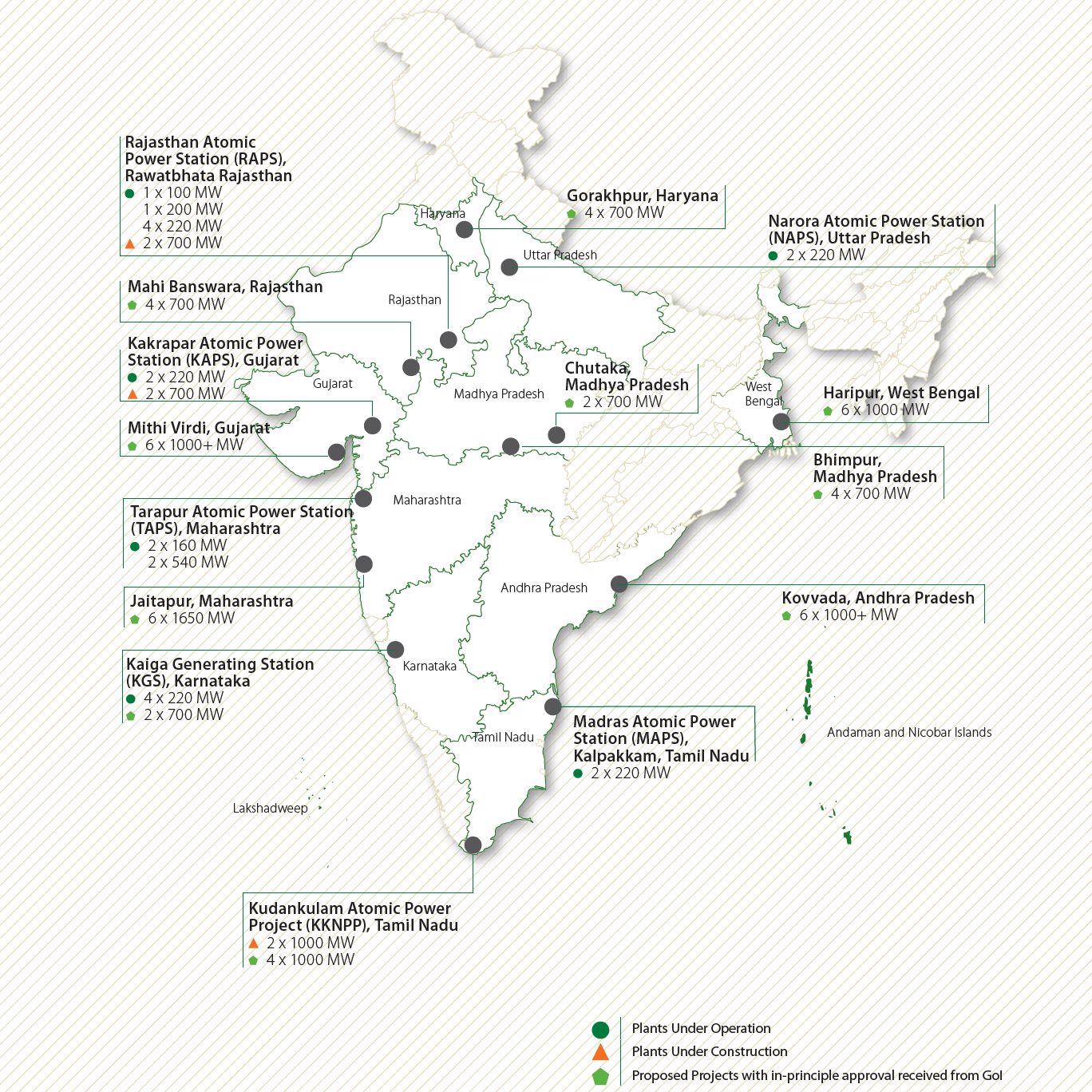India's news cauldron recently witnessed a bit of churning, when it was announced that the Nuclear Power Corporation of India Ltd. [NPCIL] would be building 10 Nos. of Nuclear Power Plants, in Fleet Mode, within the next 10 years - दस का दम.
These constructions, it said, would be based on the latest iteration of the Indian Pressurized Heavy Water Reactor [IPHWR] - the 700 MW-e design. The first of this Reactor went critical in 2020, Unit #3 of the Kakrapar Atomic Power Station [KAPS]. The excitement surrounding this announcement is a bit amusing, on multiple accounts. One, anyone following Nuclear India would know that the sites of the proposed Plants had long been in the offing for construction. Two, the intent to build them in Fleet Mode dates back to 2017, at least.
Three, NPCIL itself, time & again, had reiterated that the new 700 MW-e PHWR Nuclear Power Plant [NPP] were envisaged to be constructed in Fleet Mode. Therefore, the latest proclamation did not seem to add anything to what was already known.
Not amusing, however, is the chronic need to ramp up generation of clean, sustainable carbon-free Power in India, that Nuclear is suitably positioned to fulfil. The annual summer saga of electricity shortage that multiple Indian states are currently facing owes it's occurrence to the non-availability of Coal needed to power the Thermal Power Plants that supply the bulk of India's electricity. It's estimated that India's peak requirement this year would exceed last year's peak. Even when available, the voluminous nature of coal imposes demands on the Railway Network to make available specialised transportation systems, the dearth of which only acerbates the crisis.
Currently, Nuclear generates a very nominal amount of electricity for the country, as a percentage of total generation. The Vienna-based International Atomic Energy Agency [IAEA], under whose purview the country's Power Reactors operates, pegs the value at miniscule 6.8 GW-e, that is a mere 3.3% of India's total power generation capacity.
23 Indian Power Reactors are, today, connected to the National Grid. In comparison, Sweden, operating only 6 Reactors generates the same amount. Alternately, South Korea, running 24 Reactors, outputs 23.09 Gwe, that is more than 3 times that of India. This is due to the fact that Indian Reactors are, primarily, of it's own design, small in capacity, that it's designers are incrementally evolving to larger-size builds - 220 & 540 MW-e PHWR. Sweden's 6 Reactors, a mix of PWR & BWR, on the other hand, each have an output of around 1000 MWe.
The outlier in India's Power Reactor scene are the 2 Nos. of 1000 MWe, Russian-origin Light Water Reactor [LWR], that NPCIL built at the Kudankulam Nuclear Power Plant [KNPP]. Agreed upon to be built back in the 1988, the facility could eventually site 6 such VVER-1000 Reactors, being grandfathered into the original agreement to setup 2 Units. At present, work on all 4 Units - #3, 4, 5 & 6 are ongoing. Significantly, installation of the Core Catcher of Unit #3 & 4 it completed over the past 2 years. The facility is also set to come under Insurance cover, what with the SNAFU surrounding Nuclear Liability. NPCIL has set 2023, as the target date for Commissioning the KNPP-3 & KNPP-4. If precedence is anything to go by, coupled with the ongoing COVID-19 pandemic, the timeline is chewing gum. Following the 2008 India-United States Civil Nuclear Agreement, there were expectations that India was set on the path to construct numerous NPP across the country, based on the LWR technology, sourcing them from a multitude of global Original Equipment Manufacturer [OEM].
| No. | Location | Proposed Units |
State | Country Of Origin |
OEM | Unit Capacity [MW-e] |
Type |
| 1 | Kudankulam | 3-6 | Tamil Nadu | Russia | Atomstroyexport | 1000 | VVER-1000* |
| 2 | Jaitapur | 1-6 | Maharashtra | France | Areva | 1650 | European Pressurized Reactors [EPR] |
| 3 | Kovvada | 1-6 | Andhra Pradesh | USA, Japan | GE-Hitachi | 1600 | Economic Simplified Boiling Water Reactor [ESBWR] |
| 4 | Haripur | 1-6 | West Bengal | Russia | Atomstroyexport | 1000 | VVER-1000* |
| 5 | Mithi Virdi | 1-6 | Gujarat | USA, Japan | Westinghouse-Toshiba | 1100 | 2-loop Pressurized Water Reactor [PWR] |
However, save of the now Brownfield KNPP project, all other proposals, Greenfield Projects, are languishing in various stages of domestic roadblocks & stasis.
India has notified the IAEA of the construction of 6 Power Reactors, on last count. It does so, in compliance with the provisions of the Safeguards Agreement, INFCIRC/754, drafted as part of the 2008 Agreement. Of the 10 'Fleet Mode' Reactors, only the 2 at Rajasthan - RAPS 7&8, it has informed.
The eventual plan is to build a total of 16 IPHWR-700 Reactors, generating a cumulative 11,200 MW-e of power in India.
| No. | Location | Proposed Units |
State |
| 1 | Gorakhpur | 1-4 | Haryana |
| 2 | Chutka | 1-2 | Madhya Pradesh |
| 3 | Bhimpur | 1-4 | Madhya Pradesh |
| 4 | Mahi Banswara | 1-4 | Rajasthan |
| 5 | Kaiga | 5-6 | Karnataka |
The widespread adoption of PHWR is vital not only to meet energy requirement, but also to develop a viable stockpile of Plutonium-239 & Depleted Uranium. This would, in turn, be the fuel for India's Stage 2 Fast Breeder Reactors, such as the Prototype Fast Breeder Reactor [PFBR], coming up in Kalpakkam. Thus, without a healthy stockpile of Plutonium, realising Stage 2 would become unviable.
Power generation has stopped at the first IPHWR-700 Reactor, Unit #3 of KAPS since no later than November 2021. NPCIL has also halted it's further commissioning activities. The GoI's Ministry of Statistics and Programme Implementation conveyed this in it's latest Project Summary Report, updated till March-end 2022. About the KAPP #3, it informed that,
- The unit has generated about 402 MUs infirm power.
- Required modifications/improvements based on commissioning feedback are in progress. This will be followed by further power raise and balance commissioning activities, with progressive regulatory clearances.
Incidentally, in it's earlier Report on November 2021 also, the power generated was stated as 402 MU. Infirm power is the sub-par power that a GenCo supplies to the Grid, generated during the trial/commissioning stage of a plant. A query to NPCIL, seeking details of the cause of ceasing & the challenges experienced in the first in class Reactor, has gone unanswered, so far.
Of the Unit #4, the Report informs that,
- Hydro test of Primary Heat Transport (PHT) circuit - 8 is completed.
- All piping & structural work related to Common Services Package are completed.
- 72 hr run test of Compressor-2 and Air Dryer-1 is completed.
- Load test of chilled water pump-10 is completed.
- Preparatory activities for Primary Heat transport (PHT) system hydro test are in progress.
- Physical progress of the unit as on end March 2022 is 93.40%.
India's Fast Reactor programme are outside the purview of the IAEA. Construction of the Prototype Fast Breeder Reactor [PFBR], a much-delayed project, has rolled further down the timeline.
Nuclear India, at present, seems like a mixed bag, that appears to be in need of wind in it's sail.
Godspeed











